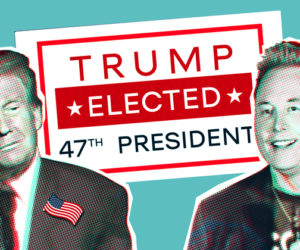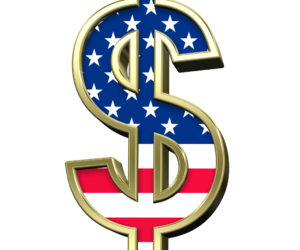While former Democratic presidential contender Jim Webb was quick to squash speculation that he might run for president as an Independent — still theoretically possible, but the money just isn’t there — reports continue to swirl that former New York City Mayor Michael Bloomberg may still give it a try.
But perhaps Bloomberg’s final objective should shift from achieving victory in 2016 to paving the way for a viable, “robust” centrist movement, perhaps even a full-blown centrist political party in the future.
At least those are the thoughts expressed by Morton Kondracke in a recent Wall Street Journal Opinion piece.
In “Bloomberg Could Start a Third Party,” Kondracke mentions several factors that suggest now may just be the right time for such an idea to catch fire.
One of those reasons was shared by Webb when mulling a presidential bid: The sad fact that both political parties are in a state of crisis.
Kondracke puts it this way:
This deeply polarized country needs [a robust centrist movement]. It might develop into a genuine third party — or have enough influence countering ideological extremism that such a party wouldn’t be necessary.
Kondracke puts forth similar statistics and reasons as Schoen does when he says, “As America becomes more polarized, the desire grows for a candidate in the center focused on building consensus and getting results.”
Kondracke:
Presidential election exit polls consistently show that more than 40% of voters say they are moderate (more than 30% self-identify as conservative, more than 20% as liberal). The Gallup poll shows that a record 43% say they are independent (30% identify as Democrat, 26% as Republican).
Kondracke posits that “moderates and independents are really Democrats and Republicans in disguise” perhaps because they “are always forced to choose between a Democratic Party heading further left and a GOP gone far right.”
“If offered a viable alternative—well-funded, activist, idea-rich and populated by political heavyweights—I think millions of unhappy moderate centrists would rally,” Kondracke suggests and, using poll results, adds how, on issues, “most voters are moderate.”
Kondracke offers scenarios where Bloomberg could enter the race. For example, “if Donald Trump or Ted Cruz wins the GOP nomination and if Bernie Sanders wins the Democratic nomination,” as such would leave a “huge centrist hole between Mr. Trump, the nativist-authoritarian bully-blowhard, and Mr. Sanders, the left-wing democratic socialist. The hole would be even larger if Mr. Cruz ended up as the GOP nominee.”
Kondracke does not believe Bloomberg would run if Hillary Clinton wins the Democratic nomination and Rubio the Republican. However, Kondracke adds, Bloomberg “should keep his options open, in case FBI probes into Mrs. Clinton’s email or Clinton Foundation misdeeds knock her out of the race.”
Kondracke says “there is next to no chance that Mr. Bloomberg could actually be elected this year,” and that if Bloomberg (“the eighth richest person in America, according to Forbes magazine”) is willing to spend $1 billion on a presidential bid, “he shouldn’t devote it all just to a single election. He also should establish something lasting—perhaps modeled on the Democratic Leadership Council that (temporarily) shifted the Democratic Party toward the center in the 1980s and provided Bill Clinton with a base to run in 1992.”
Referring to Bloomberg’s well-known philanthropy, Kondracke concludes, “Spending $1 billion to save the American political system from extremism would be the best act of philanthropy I can imagine.”
While Kondracke wants Bloomberg to focus more on the future of a “Centrist Party,” others see “the solid victories Tuesday by Bernie Sanders and Donald Trump as potential boosts to a Bloomberg candidacy,” once again because of the “big opening in the middle of the electorate…”
Read here how others believe that Bloomberg faces many obstacles and how they could be overcome.
Lead photo: www.shutterstock.com

















